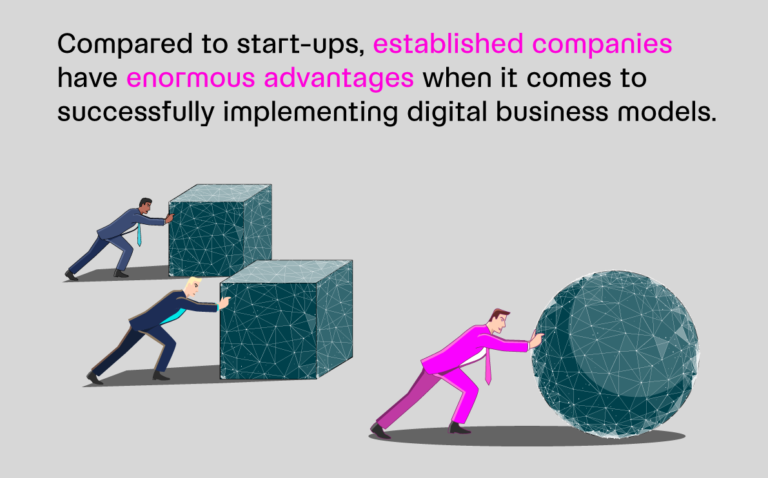You are building your business and putting in the hard work: the hours spent determining what your product should be, what would differentiate it in the marketplace, and the 1,001 things you had to get right to even get to the point of launching.
MVP testing is being prepared and you are just about ready for lift-off.
But one misstep can send you spiraling, especially when it comes to defining your customer. You’ve got to know — really know, not just wonder and certainly not guess — who your ideal customer is.
There’s a name for this process. It’s called creating an Ideal Customer Profile, and there’s a way of doing it to optimize your business’s start-up success.

Why it’s important to have an Ideal Customer Profile
Imagine throwing a party. You wouldn’t plan the food, drinks, and entertainment before you decided who was coming, would you? For example, say you grilled hamburgers, tapped kegs of beer, and hired a heavy metal band, and then a bunch of vegan recovering alcoholic old folks walked through the door. No, the way you’d do it is to decide who you wanted your guests to be, and then plan accordingly.
What this means for a business strategy is… well, everything. Creating your Ideal Customer Profile helps determine how, where, and especially who you market to, how you assemble and deploy your team, and what kinds of information you’ll need to do so. Your success depends on building a solid customer base; an Ideal Customer Profile captures everything you need to know about this customer base in a single description.
How to define your Customer Profile
This is a four-step process:
1. Define the problem you are solving
This is entrepreneurship 101, but it bears repeating. Be clear about what your business is addressing, and in so doing, you’ll know who it is addressing.
2. Create a buyer persona
This is where it really gets fun, because this is the beginning of getting to know your dream customer up close and personal. If it’s an individual, what are his or her interests, occupation, education, age, shopping, reading, viewing, and browsing habits? What does your dream customer Google? What are their professional goals? Where do they live?
If your customer is a business, what industry are they in? What are their business goals? What challenges are they facing? Buying habits? How has this customer come to you? Go ahead, get to know your customer.
3. Define the roles of your team throughout the buying process
Once you’ve begun to understand who your customer is, then you are able to determine how each member of your team can best be deployed to attract, serve, and retain this customer. Define who is talking to your customer about what during the buying process.
4. Evaluate your information
Approach this like a good detective: once you know the identity of your customer, drill down on the details. Use your powers of deductive reasoning and extrapolate. This will determine what data you seek as you hone in on your target. And this will lead you to the whereabouts of your customer.
Go out into the real world, try to get in touch with your ideal customer and test your hypothesis through interviews. If it turns out you don’t have the ideal customer profile right, begin again.
How to use your Customer Profile for sales
Once you know who you are talking to, you’ll know what to say and what channels to spread your message. For sales, use your customer profile to craft your advertising and marketing campaigns, generate leads, determine your price points, and eventually to build customer loyalty. Your Ideal Customer Profile will not only help you attract sales — it will become your business
At Venture Leap, we help entrepreneurial teams build and launch their digital products. Get in touch or book a free session below if you want to know how can take your idea to the next step and develop a minimum viable product that works.




